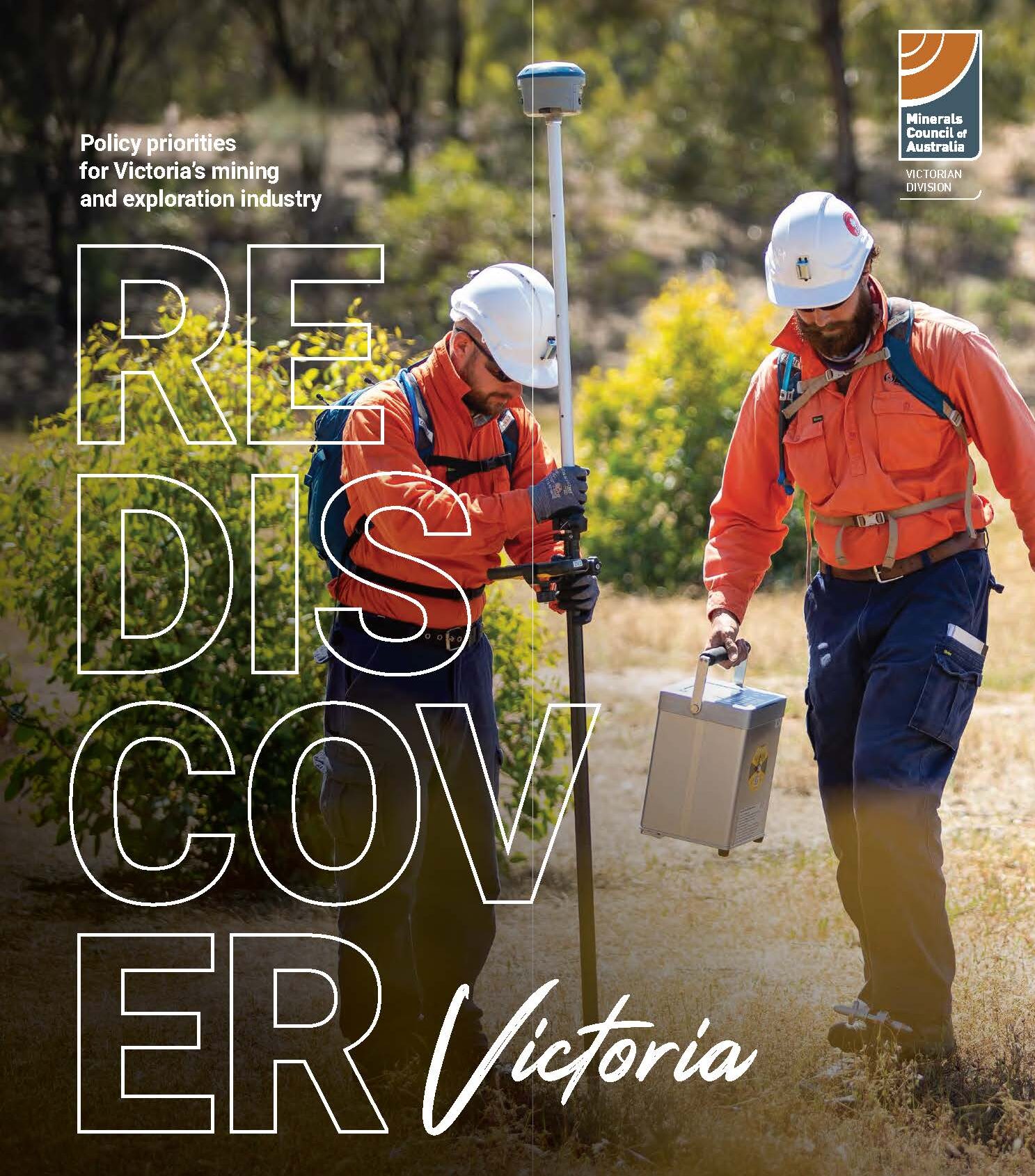Mining supports regional jobs and business
As a high paying industry, mining makes a significant economic contribution to regional Victoria. Significant gold mines operate at Fosterville, Ballarat, Stawell and Costerfield -which also produces antimony.
As global demand for minerals increases, Victoria has the opportunity to produce more of the minerals and metals essential for the transition to low carbon economies, such as copper, mineral sands and rare earth elements (REE). Developing Victoria’s mineral sands and REE deposits will embed Victoria into renewable energy supply chains. These minerals are used in solar panels, wind turbines and batteries, as well as in technologies such as smart phones.
Turning Victoria’s minerals endowment into new investment and jobs will create more opportunities in regional areas.
Mining is heavily regulated
Mining uses only 0.2% of Victoria’s land.
Australia has stringent mining and environmental regulations. Mining operations in Victoria are subject to legislative provisions of the state Mineral Resources (Sustainable Development) Act 1990, The Environmental Protection Act 2017, and the federal Environment Protection and Biodiversity Conservation Act 1999.
Mining projects generally require an environmental effects statement (EES) under state environmental legislation which requires a stringent analysis of environmental, economic and social impacts.
Rehabilitation
Mine rehabilitation is a legal obligation regulated under the Mineral Resources (Sustainable Development) Act 1990. Mining cannot commence until a bond is paid and rehabilitation objectives must be met before the bond is returned.
Rehabilitation plans are prepared in consultation with landholders and take into consideration the characteristics of the land, surrounding environment, stabilisation and agricultural productivity.
Earth Resources Regulation (ERR) compliance administers and monitors compliance with rehabilitation commitments and the rehabilitation bond. If rehabilitation is not executed such that closure criteria are achieved the Government will not release the money held, nor will they relinquish the proponent’s legal obligations. There are numerous examples of good environmental rehabilitation of many different landforms and uses.
Mineral sands – the facts
Mineral sands deposits form through natural weathering processes that result in the accumulation of heavy minerals in the coastal sands of ancient beaches. Rare earth elements are produced from monazite extracted as part of mineral sands mining. Smart phones, televisions, computers, medical lasers, catalytic converters, fibre optics, rechargeable batteries, hybrid cars and wind turbines are just some of the products that use them.
Mineral sands mining has occurred safely for decades in Australia in agricultural and other regions. Mineral sands contain low levels of naturally occurring radioactive materials, mostly contained within the monazite but also within zircon. Radiation is naturally occurring in soil, water, food, and vegetation. Strict regulation of radiation takes place by the Department of Health under the Radiation Act 2005. Companies are required to continuously monitor and report radiation levels throughout the life of the project, including in dust and groundwater. Monazite and zircon are dense and heavy and less likely to become airborne, and dust is suppressed at the mine site through well-established techniques.
The radiation levels of a site are generally reduced by mining as the uranium and thorium contained within the monazite and zircon are removed in the HMC.












